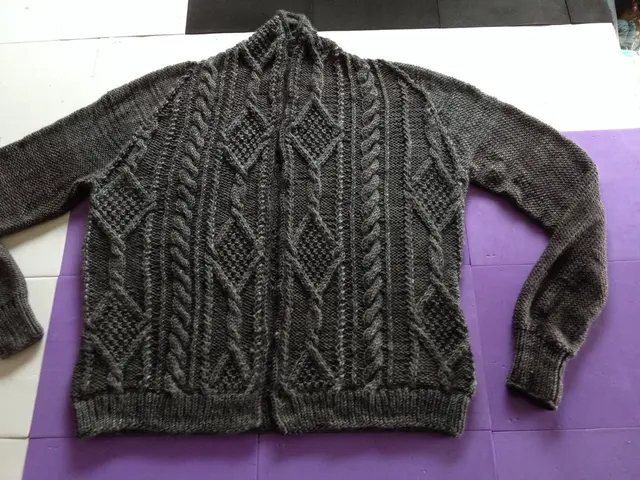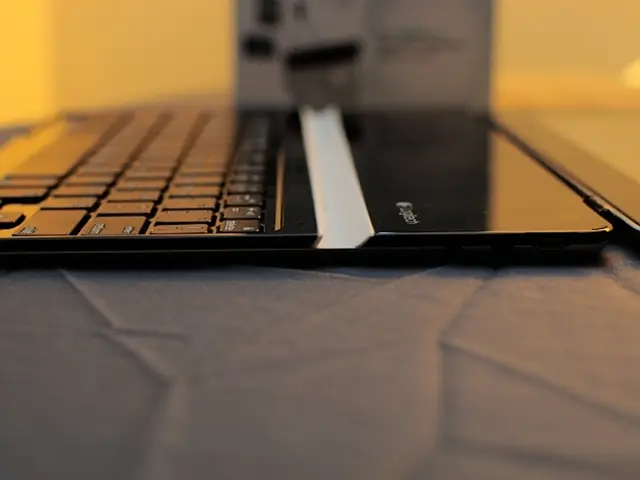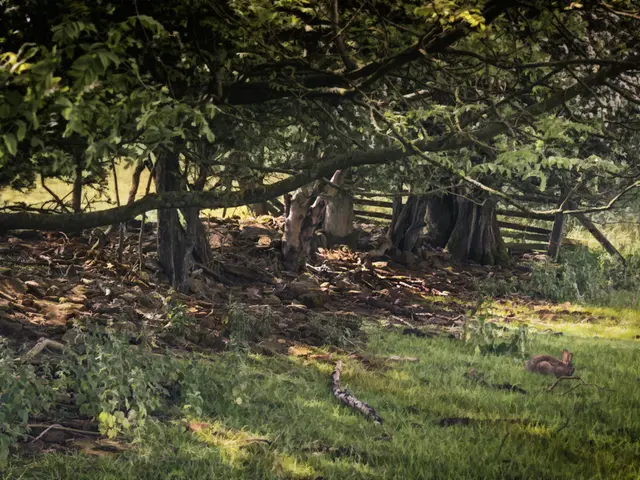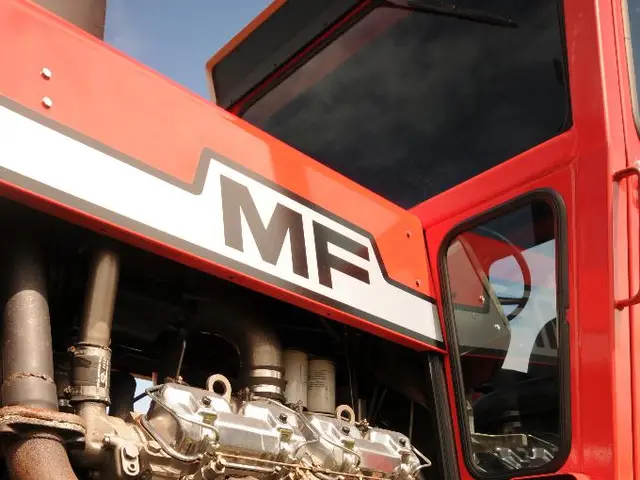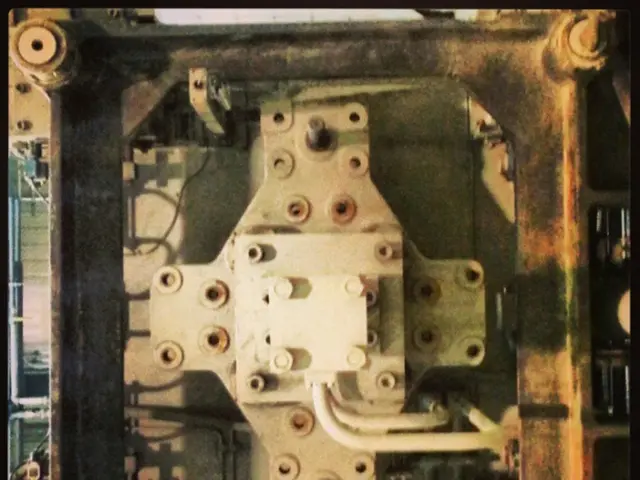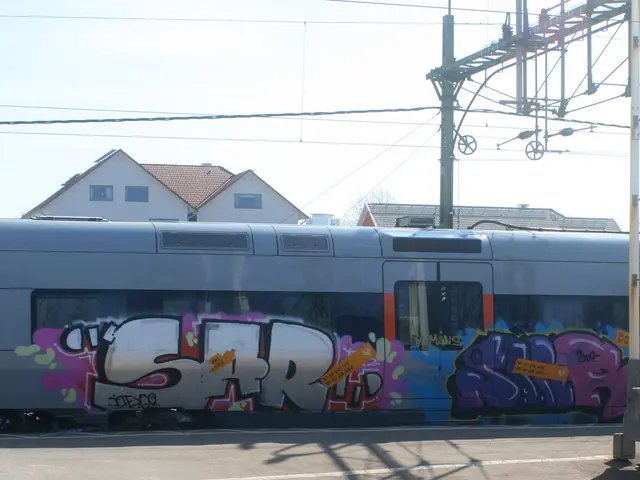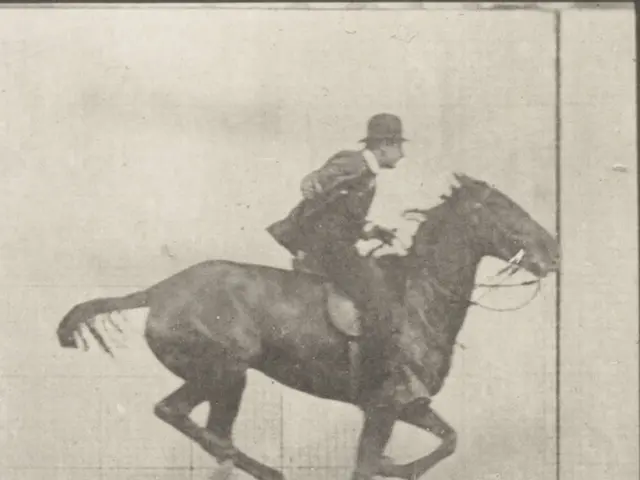Guide to Selecting Thick Yarn for Your Projects
In the world of knitting and crochet, the choice of yarn is crucial in determining the texture, warmth, stretch, durability, and appearance of your finished project. This article provides an overview of various yarn fibers and their characteristics, suitable for both beginners and experienced crafters.
Natural Fibers
Natural fibers offer comfort and breathability, making them a popular choice for many projects.
Cotton
Soft, breathable, and strong, cotton is ideal for summer garments, dishcloths, and amigurumi. It does not stretch much and can be heavier when wet.
Wool
Warm, elastic, and resilient, wool is an excellent choice for winter wear, hats, scarves, and sweaters. It can be scratchy or cause allergies in some people, and some types felt easily.
Bamboo
Temperature-regulating, soft, and drapey, bamboo yarn is a smooth texture, cool against the skin, and has antimicrobial properties. It's great for baby projects, summer clothes, and items needing moisture-wicking.
Alpaca
Very warm, lightweight, silky, and hypoallergenic, alpaca yarn is softer and warmer than wool, with less itchiness. It's great for cozy garments and accessories.
Silk
Luxuriously soft, smooth, and shiny, silk yarn is strong with excellent drape but is expensive and delicate. It's ideal for luxurious projects like shawls and fine garments.
Synthetic Fibers
Synthetic fibers bring durability, elasticity, and ease of care to your projects.
Polyester
Very strong, durable, and resistant to shrinking/stretching, polyester yarn is available as filament (smooth), spun (softened by blending), textured (bulked with stretch), and high-tenacity (extra-strong) types. It's easy care and colorfast, used in apparel, home textiles, and sportswear.
Acrylic
Lightweight, warm, and inexpensive, acrylic yarn mimics wool but is less breathable and can pill or feel plasticky. It's popular for blankets and projects needing easy care.
Nylon
Strong, elastic, and abrasion-resistant, nylon yarn is often blended with other fibers to add strength and stretch. It's used in socks, activewear, and stretch yarns.
Spandex (Elastane)
Highly elastic synthetic fiber, spandex is used as a core yarn covered with natural/synthetic fibers for stretch. It provides elasticity in garments requiring flexibility, such as sportswear.
Metallic Yarns
Made by coating synthetic film with metallic particles or wrapping metal strips, metallic yarns are used for decorative or novelty yarns, adding shine or texture to projects.
Yarn Types by Construction
The construction of yarn influences its feel and performance.
- Filament vs. Spun Yarn: Filament yarns are smooth, strong, and shiny (e.g., polyester filaments), while spun yarns are made from short fibers twisted together, giving softness and texture.
- Textured Yarns: Created by modifying filament yarns to add bulk and stretch, ideal for sportswear or stretchable fabrics.
- Plied Yarn: Multiple single yarns twisted together, offering strength and balanced tension.
- Stretch Yarns: Made by tightly twisting and heat-setting synthetic fibers to create springy, elastic yarns.
Yarn Types by Weight
- 2 is referred to as fine, baby weight, or sport weight yarn, used for hats, socks, gloves, or garments, with size 3-5 knitting needles or E4-7 crochet hooks.
- 4 is called worsted, aran weight, or afghan weight yarn, has good stitch definition and warmth, with size 7-9 knitting needles or 19-K10.5 crochet hooks.
- 3 is considered lightweight, DK weight, or light worsted weight yarn, used for hats, socks, gloves, or garments, with size 5-7 knitting needles or 7-19 crochet hooks.
- 5 is considered bulky, chunky, craft, or rug yarn, used for bulky yarn blankets, throws, or scarves, with size 9-11 knitting needles or K10.5-M13 crochet hooks.
- 7 is called jumbo-weight yarn and includes roving, used for large loose stitches, sometimes referred to as boucle, chenille, or slubby yarn, with size 17-plus knitting needles or Q-plus crochet hooks.
- Chunky yarn is used for knitting or crocheting rugs, blankets, pillows, afghans, throws, and pet beds.
- 6 is referred to as super bulky yarn and includes roving, good for fast projects by beginners and experienced knitters, with size 11-17 knitting needles, M13-Q crochet hook, or hands.
- Knitting with chunky yarn is perfect for beginners or for creating gifts due to its quick and easy project completion.
- Many beautiful yarns are available that can be machine-washed, including premium acrylic, cotton, and superwash merino wool yarn.
Yarn Dye-Lot Numbers
Yarn Dye-Lot Numbers are printed on the skein wrapper to ensure consistency in color when purchasing multiple skeins.
In conclusion, choosing a yarn fiber for knitting or crochet depends on the desired texture, warmth, stretch, durability, and appearance for your project. Natural fibers tend to offer comfort and breathability, while synthetic fibers bring durability, elasticity, and ease of care. Blends also combine these qualities to optimize performance for specific uses. Polyester yarn, for example, has multiple types (filament, spun, textured, high-tenacity) tailored to different fabric needs.
- A lifestyle associated with knitting and crochet projects can be enhanced by considering various yarn fibers and their characteristics, such as natural fibers like cotton, wool, bamboo, alpaca, silk, and synthetic fibers like polyester, acrylic, nylon, spandex, and metallic yarns, which offer unique properties suitable for diverse projects, from fashion-and-beauty items like garments and accessories to home-and-garden pieces like rugs, blankets, or cushions.
- When deciding on home-and-garden yarn, one should consider the weight classifications: 2 (fine), 3 (lightweight), 4 (worsted), 5 (bulky), 6 (super bulky), and 7 (jumbo-weight), with corresponding knitting or crochet hook sizes, ensuring a perfect match for the intended project's size and stitch definition. For example, chunky yarn is suitable for creating quick and easy home-and-garden pieces like rugs, blankets, throws, cushions, or pet beds.

